Why do people migrate from Bundelkhand? Are they not getting enough work under MGNREGA?
As labourers and workers were returning home during the lockdown, Gaon Connection tried to find out what makes them leave their homes in the first place. A ground report from Bundelkhand

Lalitpur (Bundelkhand)
“If they had provided us jobs here, we wouldn’t have left our village. I was given only 12 days of work under MGNREGA during the lockdown. It was for the first time I was seeking work under MGNREGA in the last five years. When many people in our village could not find any work, they had to leave for the cities in order to earn,” said Guddi, who lives in Balbehat village in Lalitpur district in Uttar Pradesh.
Dozens of people from Guddi’s village said that they had to leave their homes because there is no source of employment. They were not getting jobs even under MGNREGA (Mahatma Gandhi National Rural Employment Guarantee Act). Dozens of villages in other districts also talked about the non-availability of work under MGNREGA.
Guddi had gone to Indore, 500 kms away from her home, to earn, but had to return during the lockdown. The long journey was made on foot and on an empty stomach. Her village is in the Birdha block in Lalitpur district of Bundelkhand, a part of Uttar Pradesh. The terrain here is hilly, and in this water-deficient region, very little cultivation takes place. Most of the people migrate elsewhere or work as daily wagers in mines.
“If you had come earlier, you would not have found a single man or a woman in this village. As many as 500-600 people go out to earn. A lot of people have returned, but many are still stranded in cities. We reached here after travelling for 4-5 days. We were making bricks in Indore,” said Guddi.
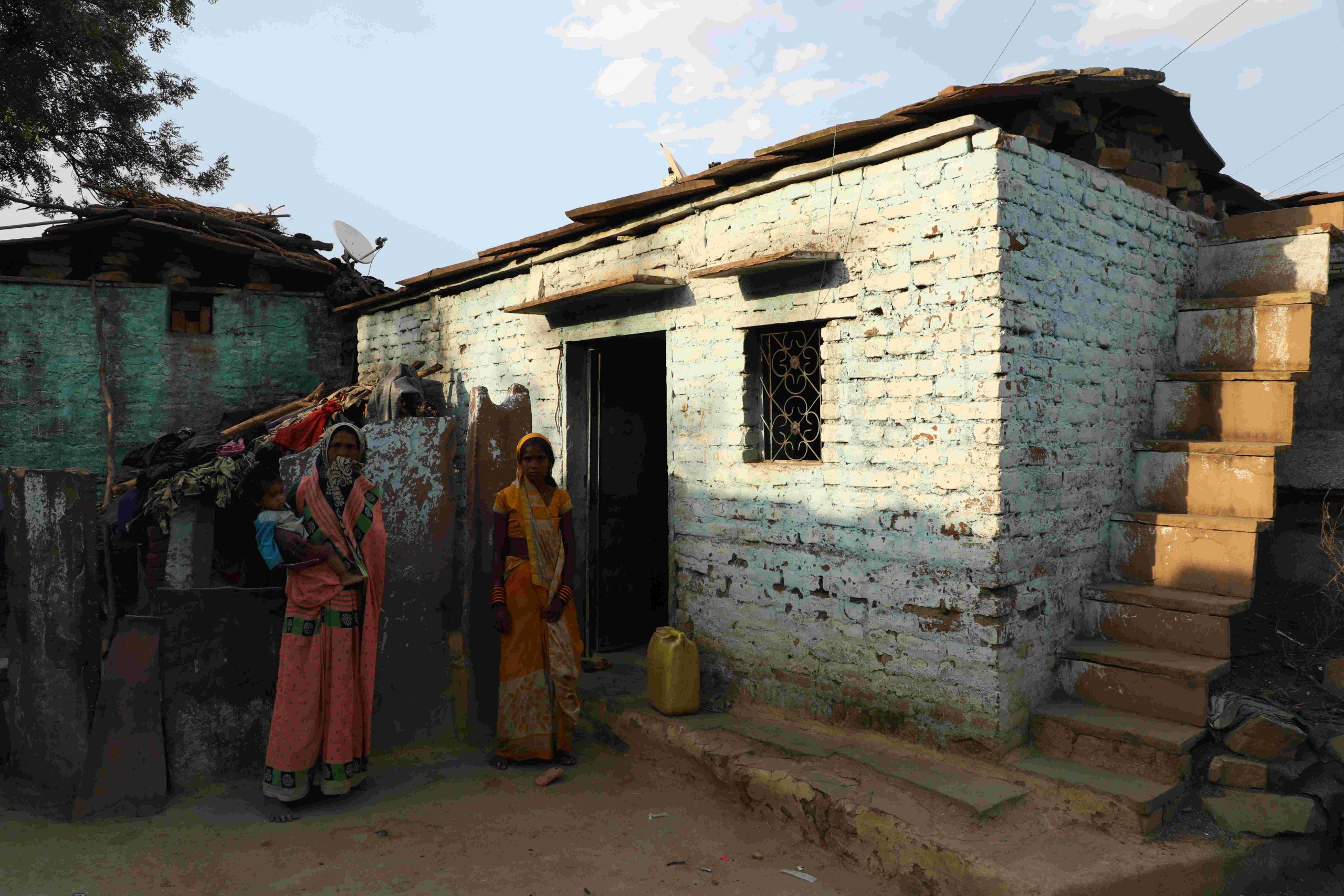
Ram Singh Saharia from the Balbehat village, and his wife Kushuma Bai, got 12 days each of work during the lockdown. Showing his MGNREGA job card, Ram Singh said: “We don’t even remember exactly when we had last worked for MGNREGA. Previously, mining jobs were available, but from the past two years, that option is not available. Now, we are somehow dragging through the days.”
Ram Singh’s job card was made in 2011. He worked until 2013 as no entry was found thereafter. From May 17 to 22, Gaon Connection toured through Banda, Jhansi, Lalitpur, Ashok Nagar and Tikamgarh districts in Madhya Pradesh. During this, there were a number of people who said that they had not been able to find any work under MGNREGA for the last several years, due to which they were forced to migrate in search of work.
“The MGNREGA scheme was launched with the sole purpose to guarantee employment in villages and stop migration. But the scheme was successful only for the year 2006-07 and to some extent, for 2008, after that it was marred with corruption and red-tapism. Look at the figure of the last 10 years for Bundelkhand, the area that you are talking about. On an average, one person is not even getting 30-35 days of employment. This was the keystone of the scheme, but MGNREGA could not stand up to its name in reality,” said Sanjay Dixit, former member and social activist of the Central Employment Guarantee Council, which is associated with MGNREGA.
He has been working on MGNREGA-related issues (awareness, loopholes, corruption and justice to job seekers) for the past 12-13 years. Based on the issues raised by him, the Central Bureau of Investigation (CBI) also has been involved with MGNREGA investigations for the last 10 years.
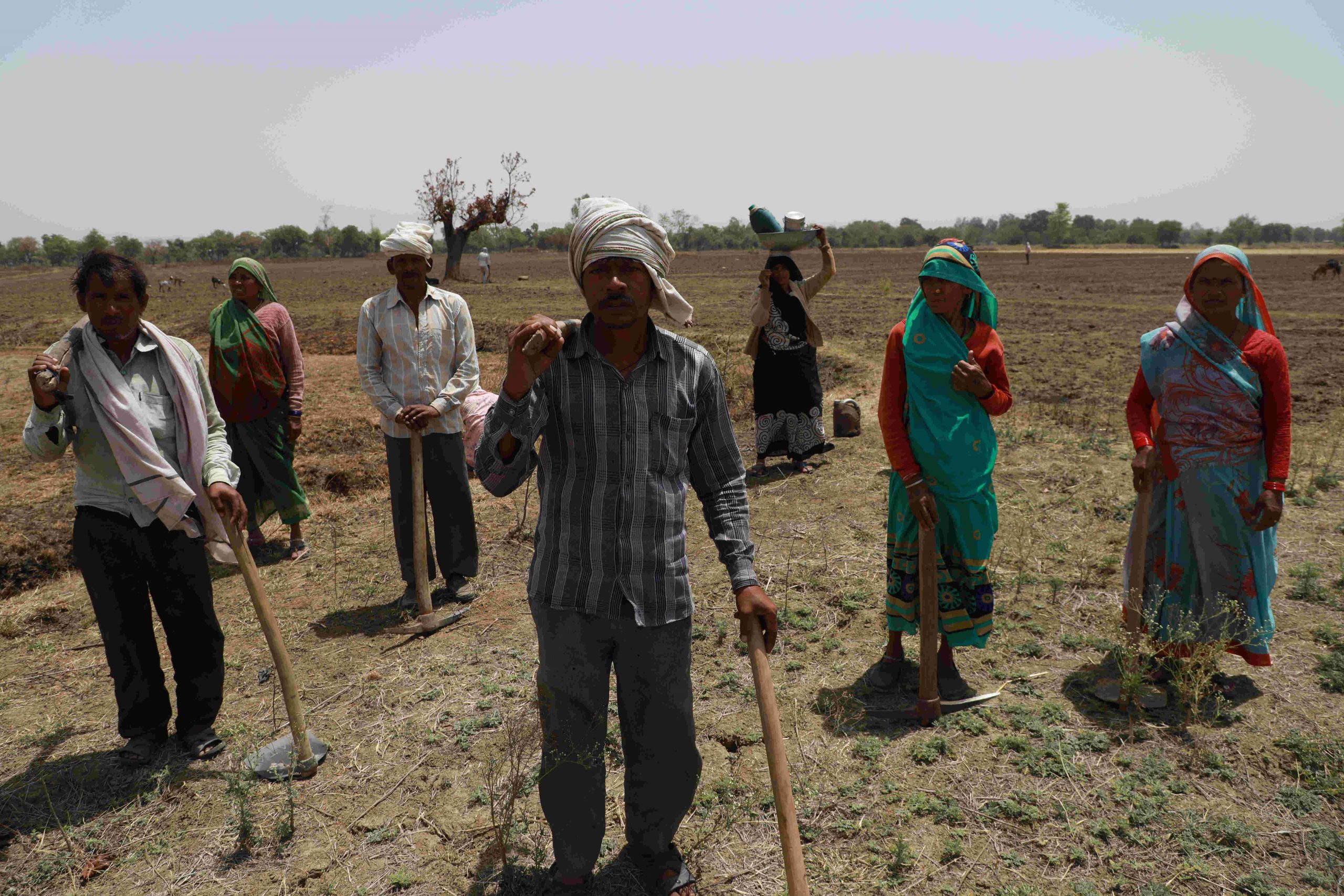
According to the official website of MGNREGA, 7.34 lakh employment days were created in Lalitpur in the year 2019-20 and 7,348 households had received 100 days of employment. In 2016-17, 1,090 households had got jobs under MGNREGA.
In Uttar Pradesh, in 2019-20, 1.3 crore employment days were created and 1.33 lakh families got 100 days of employment in the year 2019-20. In the year 2018-19, 71,992 households and in 2016-17, 41,362 households got employment. This means, in the past four years, 100 days of employment and the number of employment days have almost tripled, but if one looks at the job card figure for the entire country, the number of people getting 100 days of employment is problematic.
There are 58,906 gram panchayats under 826 blocks in 75 districts of Uttar Pradesh. Nearly 189.65 lakh households in these panchayats are MGNREGA job card holders, out of which, 91.66 lakh are active (working families), the remaining 97.99 lakh — more than half of the card holders in Uttar Pradesh — are inactive. This could be due to many reasons – MGNREGS is not profitable for the job cardholders, wages are low as compared to the cities, there is no work, the labourers are not able to demand work in a manner prescribed by MGNREGA or the illiterate labourers’ oral demand for work is not duly acknowledged and registered by the panchayats officials. The panchayat did not provide work or the cardholder could have migrated.
The Gaon Connection team met Asoideen, who lives in Rasoi village in the Bamhorivansa Gram Panchayat, 9 kms away from Guddi’s village. Looking at his little hut secured by straw and polythene, it is easy to see that all the government schemes dry up before they reach him, just like most of the wells, ponds and hand pumps in rural India.
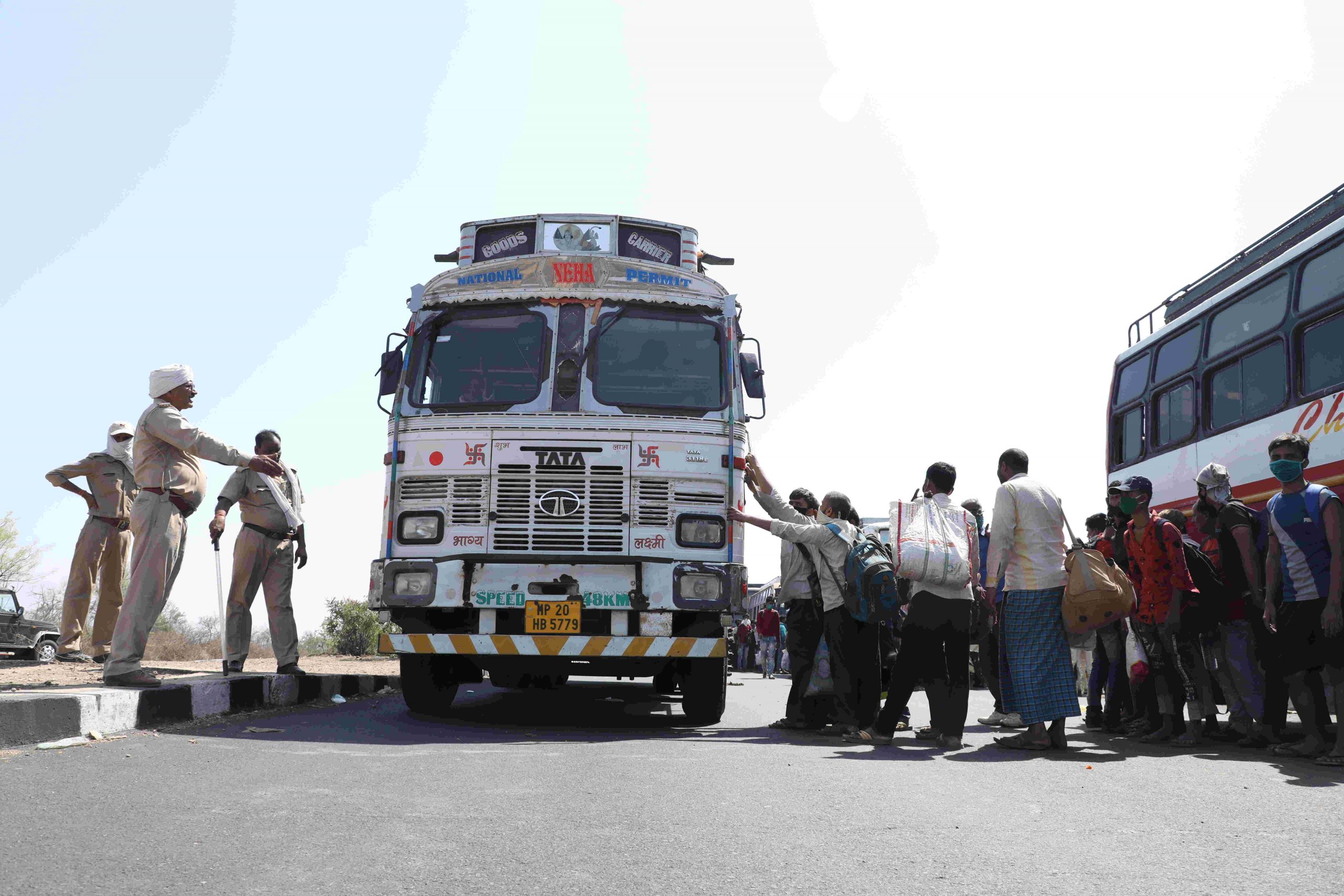
“I was given work two years ago. After that no work was given to me. Five people in my house have job cards, but nobody got any job,” he said. Then, how does the household survive? In response to this question, Asoideen says that they live off the small income they derive by picking Mahua leaves and selling firewood. Although he has a small patch of land, but being hilly, it produces only a little bit of food grains.
“Two years ago, I got the job of picking stones and have been idle since,” said elderly Hakkan sitting next to Asoideen. In April, he also received a new MGNREGA card, but did not get any job, though he did receive government’s free ration and gas. According to his wife, Rs 500 may have come to her account, but when they went to the bank to withdraw the amount, they were shooed away.
Around 75,000 people belonging to the Saharia tribe live in Lalitpur, whose livelihood is based on jungle, mountain, quarry, Mahua and Tendu leaf. Young men and women of every household go to cities like Indore, Ahmedabad, Surat, Mumbai and Delhi in order to earn.
According to the Uttar Pradesh government, more than 35 lakh migrant labourers and workers have returned to Uttar Pradesh (Until May 10) during the lockdown. The state has the highest number of people migrating from areas like Bundelkhand and Purvanchal. By May 22 itself, more than 50,000 labourers had returned to Lalitpur alone.
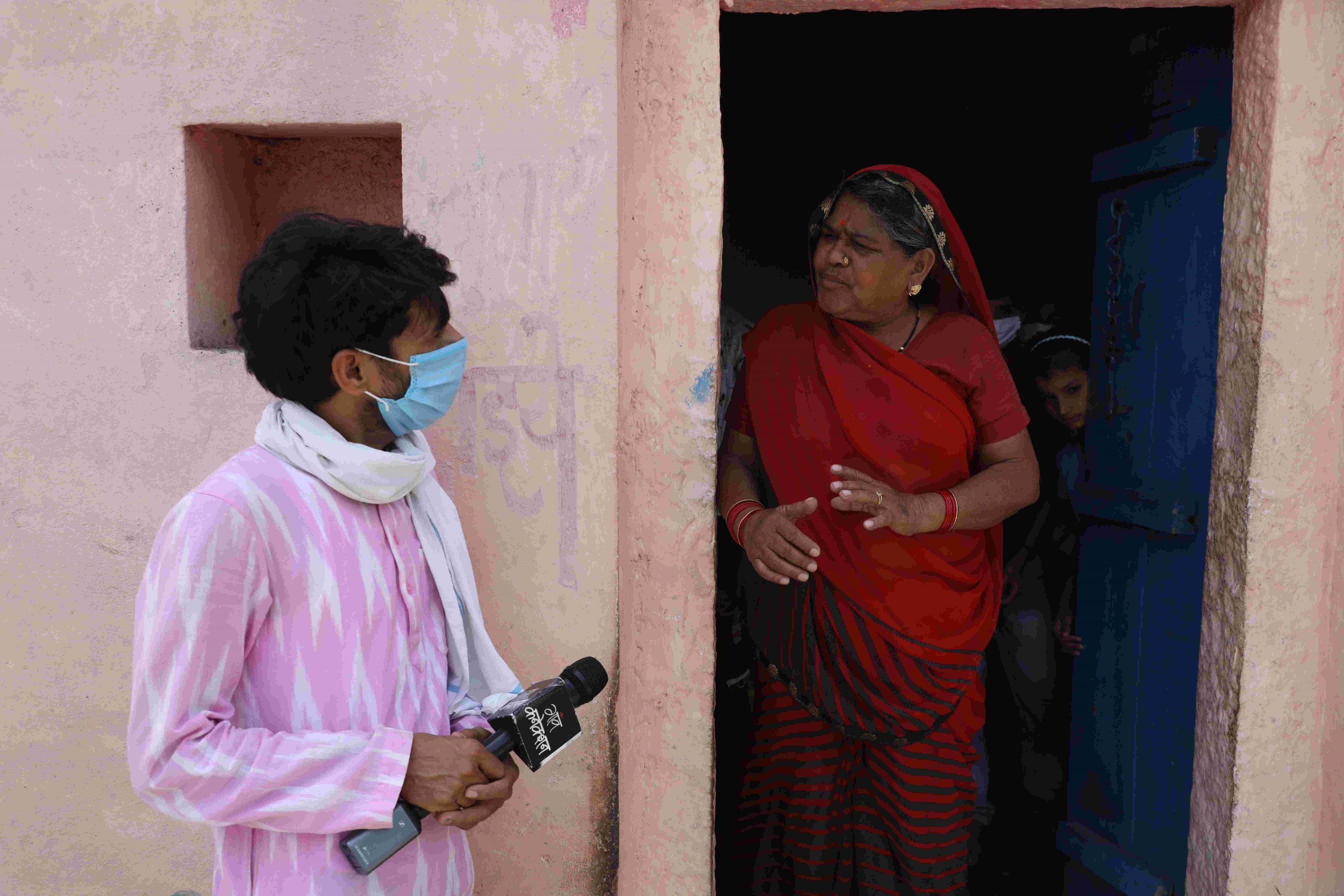
There are six villages in the Bamhorivansa Gram Panchayat. Surajmati, the head of the village, said: “Whenever there are jobs, we give work to people. When we get a big project, we give jobs to more people. We haven’t received any big projects in the last one year. How could we have given jobs to everyone?”
“The MGNREGA scheme had collapsed a few years ago. People didn’t get payments for as long as three months,” said Rameshwar Prasad Mishra, former pradhan of Dhaurra Gram Panchayat – 13 kms from Guddi’s village — and the representative of the present pradhan. “Ours is the most backward area of Bundelkhand. With almost zero cultivation, people here need money every day. Sometimes they take an advance. So, instead of MGNREGA, they either worked in the mines, or migrated. But now they have all come back from the cities and are asking for work,” he added. He said that MGNREGA has improved considerably over recent times and during the lockdown, money is reaching into people’s accounts within 7-10 days.
“The MGNREGA scheme had a number of setbacks in work and payments, which had been worked upon for 2-3 years to make it transparent,” explained Dhaniram, a MGNREGA expert associated with the social audit of MGNREGA in Lalitpur. “There had been a substantial delay in the past payments, but now the payment is made through the linked Aadhar cards and the money is coming within 15 days.”
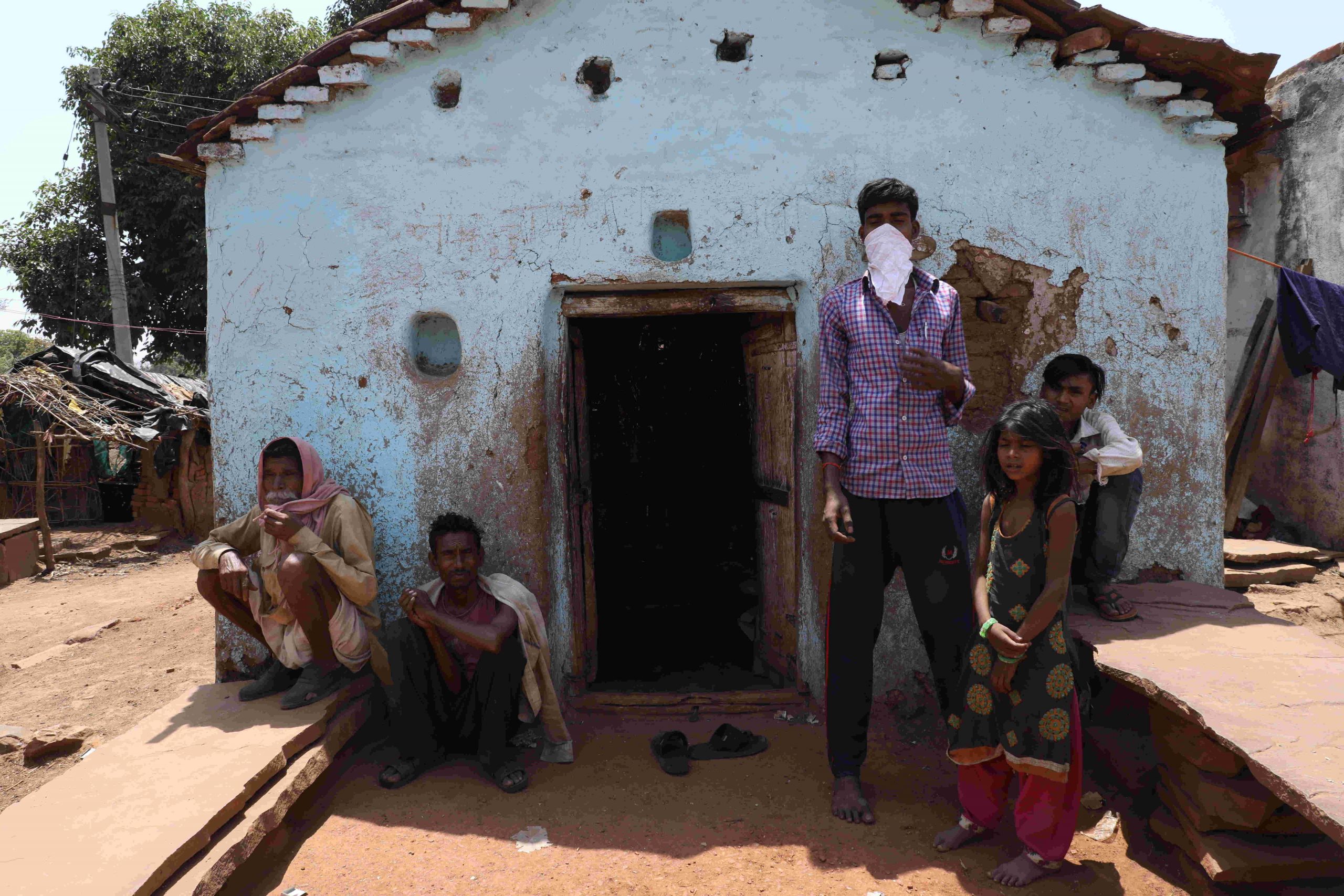
How do active job cardholders become inactive suddenly?
Gaon Connection spoke to various people to know the answer and found local level politics to be one of the major reasons for it. “MGNREGA is definitely a work-based scheme, but the larger population in rural areas is illiterate. They do not understand the process of demands and they are not able to give written demands and receive acknowledgement,” explained Dhaniram. “It is being a democratic system — some are in favour of the pradhan, some in opposition. Many a times, the winning pradhan does not offer any work to the opponent while so many times the labourers do not go asking for work because of their self-esteem.”
If one looks at the master roll of MGNREGA or and see the job cards of people, the general trend is after the gram panchayat elections, a large number of people stop getting work under MGNREGA, and some new names are added. When Gaon Connection spoke to a few villagers in Lalitpur, they revealed that a large number of villagers had migrated to cities for the first time in the last five years due to many aspects like drought, hailstorm, the closure of mines and also because they could not find work under MGNREGA.
But, wasn’t MGNREGA launched so that people don’t have to migrate from villages?
Sanjay Dixit, the former member of the Central Employment Guarantee Council and a MGNREGA activist, explained: “The annual action plan for what will be done under MGNREGA should be decided in the Gram Sabha, not the Gram Panchayat or by the pradhan. But Gram Sabhas don’t happen anywhere in the country and the pradhans, the BDOs and the secretaries end up deciding. So often, work is distributed arbitrarily, people complain and scams happen.”

When asked how can MGNREGA help people during the lockdown, he said: “For MGNREGA to be really meaningful, it has to be linked to the agriculture and cottage industries. Crops of small and marginal farmers are to be linked to MGNREGA. This will not reduce the action plan. This will be good for both the labourers and the farmers. Secondly, create a project for skilled labourers who have come back from the city. The material components of the project should be provided through MGNREGA, and the labour work should be done by the workers.”
The MGNREGA experts, the economists and people from rural India have vocalised their two-way demands during lockdown — increase the workhours under MGNREGA from 100 days to 200 days, and secondly, MGNREGA should be linked to cultivation.
In view of the loss suffered by the farmers during the lockdown, the farmers’ organisations are also demanding to link MGNREGA with cultivation. Several organisations, including the Bharatiya Kisan Union, Krishi Shakti Sangathan and the Bharatiya Krishak Sangh, have also written to Prime Minister Narendra Modi and chief ministers of the states in this regard. Dixit’s question in this context also seems plausible: “MGNREGA officials will have to decide how many times the same pond and road will be dug and rebuilt?”
But in this statement of Guddi is also hidden the answer to the question arising amid the biggest exodus since independence … “If we get work here, we will never go to the city …”
Arvind Singh Parmar, Yash Sachdev contributed to this story.

